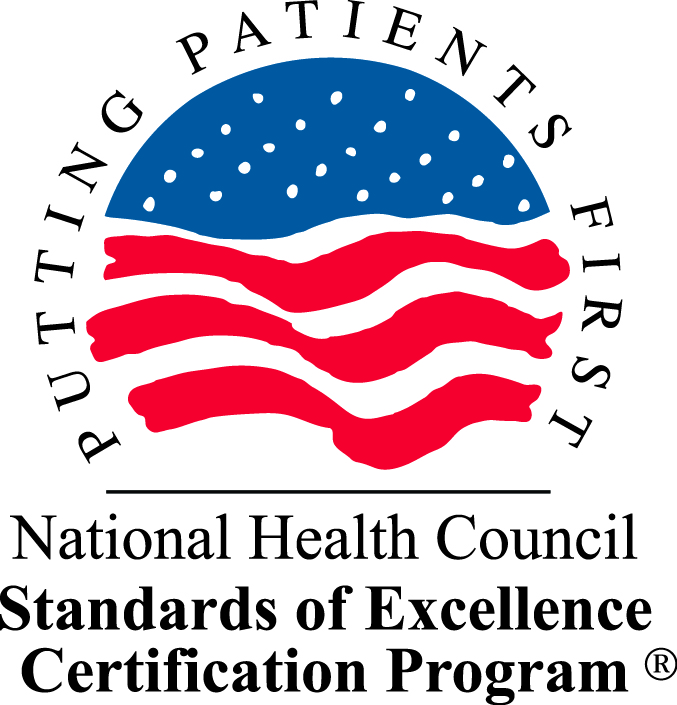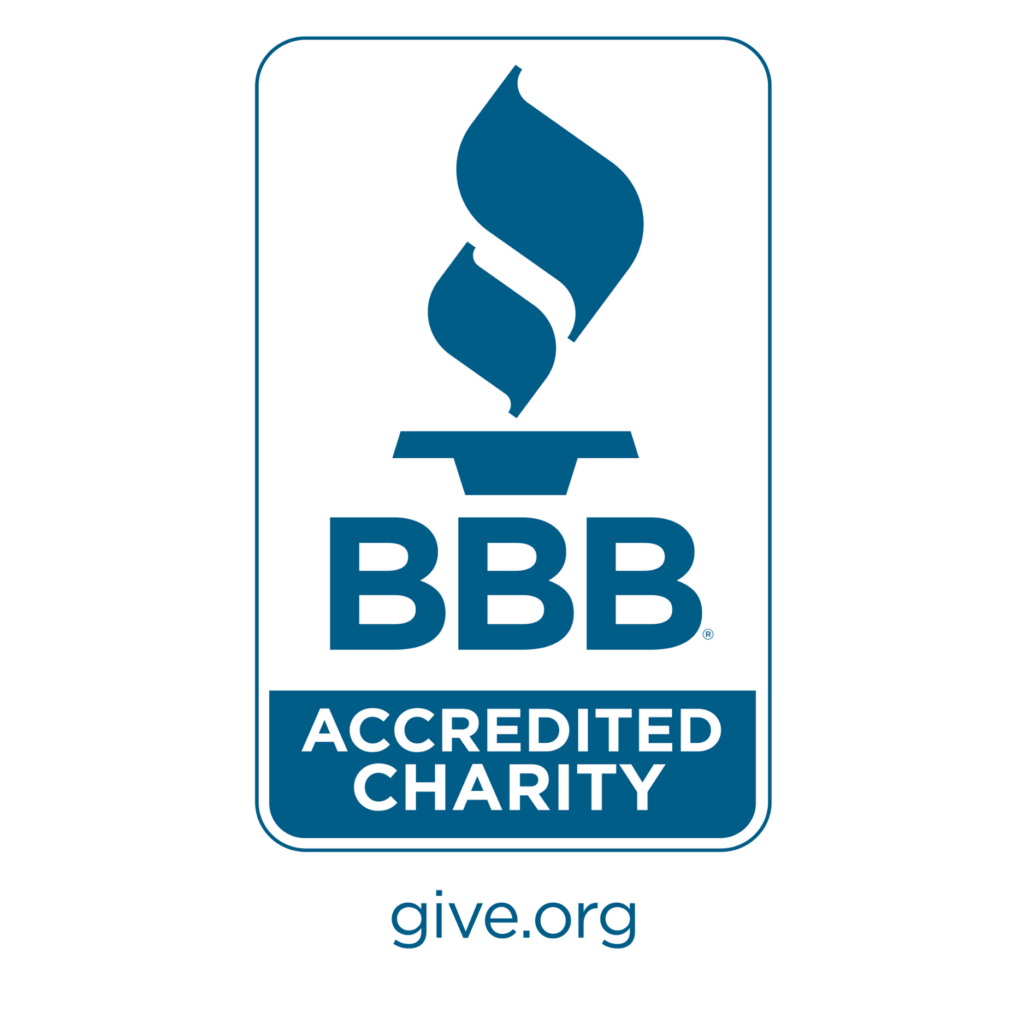If you are having a medical emergency, dial 911.
Instruct first responders and emergency room staff to immediately visit veds911.com for urgent VEDS-specific treatment protocols. The mobile-friendly site provides easily accessible information and features a hands-free number that allows medical staff to call and receive guidance on speakerphone while they assist you.
People with Vascular Ehlers-Danlos syndrome (VEDS) are at increased risk for emergencies involving all arteries, including the aorta, hollow organs (like the intestinal tract), eyes, lungs, and uterus.
The following are signs of some of the medical emergencies associated with Vascular Ehlers-Danlos syndrome (VEDS). Other emergencies may occur that may not be listed here.
Emergencies Associated with Vascular Ehlers-Danlos Syndrome
Arterial Dissection
Arterial dissection is a tear between the layers of the artery wall. This can occur in any artery in the body in someone with VEDS. Aortic dissection is a tear between the layers of the aorta, the large blood vessel that carries blood away from the heart. An aortic dissection can be fatal if not treated immediately. Any arterial dissection can be an emergency and evaluation is needed immediately. Symptoms include:
- Sudden onset pain; may
be “severe,” “sharp,” “tearing,” or “ripping” and may be located anywhere in
the body, depending on which artery is affected. Sometimes, the pain is less
severe, but a person still has a feeling that “something is very wrong.” - Nausea
- Shortness of breath
- Fainting
- Loss of pulse
- Tingling, numbness,
burning, prickling of the skin (parasthesia) - Paralysis
The presentation of an artery dissection may be very different depending on where the artery dissection occurs.
- If the dissection occurs in the arteries in the head or neck: pain may be accompanied by stroke
symptoms, including a droopy eyelid with a small pupil on the same side. A room
spinning sensation or dizziness may be present, as well as difficulty seeing. - If the dissection occurs in the coronary artery: the symptoms may be similar to or cause a heart
attack, or cause abnormalities in heart rhythm. - If the dissection occurs in the aorta: severe pain usually in the chest (front, back or both) but
occasionally in the abdomen if the tear begins there.
Arterial Rupture
Arterial rupture is a full tear of all the layers of the artery wall. This can occur in any artery in the body and can be fatal if not treated immediately. Emergency care is needed immediately. Symptoms include:
- Sudden onset pain; may
be “severe,” “sharp,” “tearing,” or “ripping” and may be located anywhere in
the body, depending on which artery is affected. Sometimes, the pain is less
severe, but a person still has a feeling that “something is very wrong.” - Rapid swelling of the
area may be present - Nausea, which may be
accompanied with vomiting - Clammy skin
- Shortness of breath
- Fainting or
lightheadedness - Loss of pulse
- Tingling, numbness,
burning, prickling of the skin (paresthesia) - Paralysis
- Stroke symptoms may
occur if the ruptured artery is in the brain
Collapsed lung (Pneumothorax)
Collapsed lung happens when air or gas collects in the space between the lungs and the chest and prevents the lung from inflating completely. Symptoms include:
- Chest pain, sudden onset; sharp and may lead to feelings of tightness in the chest
- Shortness of breath
- Rapid heart rate
- Rapid breathing
- Cough
- Fatigue
- Skin may develop bluish color (cyanosis) due to decreased blood oxygen level
Bowel Perforation
Bowel perforation occurs when the wall of the bowels (typically a hollow organ, such as the intestines) tears. This allows fecal matter to enter the abdominal cavity, and can result in sepsis and death. In individuals with VEDS, a bowel perforation may occur in the sigmoid colon (lower left quadrant of the abdomen). Esophageal and gastric rupture have rarely been reported.
Symptoms of a bowel perforation include:
- Abdominal pain that
gradually increases and becomes severe or debilitating. This is usually in the
lower left quadrant of the abdomen, because usually the perforation is in the
sigmoid colon. - Nausea
- Vomiting
- Chills
- Rectal bleeding
- Fever
Ocular
Carotid Cavernous Sinus Fistula formation (CCSF) is a medical emergency which may occur without injury or trauma in someone with Vascular Ehlers-Danlos Syndrome. CCSF is an abnormal connection between an artery in your neck and the network of veins at the back of your eye. This formation happens as a result of a small tear that sometimes occurs in one of the carotid arteries. Signs of a CCSF are:
- Sudden onset of a swooshing
sound in the head - Redness of the eye
- Pain around the eye
- Bulging of the eye
- Slow onset of blurred
vision
Uterine Rupture
Uterine rupture is typically limited to the third trimester of pregnancy. A uterine rupture occurs when the wall of the uterus tears. The baby may move into the abdominal cavity outside of the uterus. This is a medical emergency for both the baby and the mother. Signs of a uterine rupture may include:
- Discomfort in the lower area of the belly or lower back pain that is intermittent (like uterine contractions)
- An acute, severe pain in the lower abdomen (can feel like ripping pain), sometimes shoulder pain.
- Blood in the urine.
- Bloody vaginal discharge with dark brown or bright red bleeding.
- Change in the contour/shape of the belly- where the baby bump has been located.
- On fetal heart rate monitor, there are abnormalities in the fetal heart rate pattern.
- New low blood pressure, dizziness, fainting, maternal pulse is barely palpable and fast heart rate.
Be prepared for emergencies with Vascular Ehlers-Danlos Syndrome!





